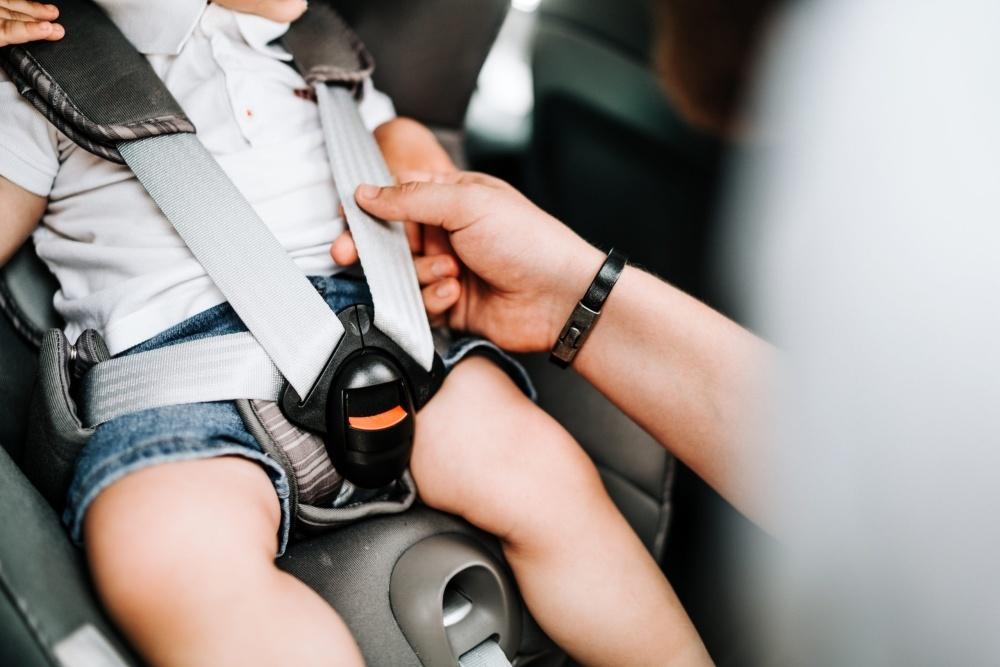
Materials used to produce car seats will deteriorate over time, jeopardizing the safety and integrity of the product. When the plastic shell starts to deteriorate it becomes more brittle. This could create a situation where the car seat doesn’t hold up the way it should in an accident, which defeats its purpose. Even the metal components can develop rust in areas that we cannot see preventing the metal from performing the way it should.
Innovation is another reason for expiration. Much like the evolving safety components and technology being built into vehicles, car seat manufacturers are also constantly working to improve child passenger safety. A lot of manufacturers do independent side impact protection tests even though there is no current standard. As crash tests evolve, car seat technology advances and changes, yet another reason car seats have expiration dates.
Sometimes cars are a total loss simply because parts are no longer available. The same can be true for car seat parts too. Once the car seat is out of production, finding replacement parts can be challenging if not impossible.
How Long Do Car Seats Last?
There is no set life span or standard for a car seat. A car seat can have a lifespan of 4-12 years from their date of manufacture. The best way to identify the expiration of your car seat or booster seat is to simply look closely at it. The car seat and or booster should have a date of manufacture and the expiration on a sticker or it should be stamped on the seat.
The lifespan could be indicated with an expiration date or it may say “Do Not Use After” and a date. Some manufacturers will say the seat expires 4 years after manufacture in which case you count from the date of manufacture to identify its expiration. If you are unable to locate the manufacture or expiration date or it is not legible, it is best to assume the seat or booster is unsafe to be used.
What Should I Do If I Was in an Accident and a Car Seat Was in the Car?
Per NHTSA (National Highway Traffic Safety Administration): “NHTSA recommends that car seats be replaced following a moderate or severe crash in order to ensure a continued high level of crash protection for child passengers. Car seats do not automatically need to be replaced following a minor crash.” What defines a minor crash? NHTSA defines a minor crash as a situation in which ALL of the following apply:
- The vehicle was able to be driven away from the crash site.
- The vehicle door nearest the car seat was not damaged.
- None of the passengers in the vehicle sustained any injuries in the crash.
- If the vehicle has airbags, the airbags did not deploy during the crash; and
- There is no visible damage to the car seat.
How Do I Properly Dispose of a Car Seat?
Whether it’s been in an accident or is past its expiration, do not donate or sell the car seat. Its also preferable not to put it on or near your trash fully assembled as someone may try to pick it up not knowing its history and they may try to use it, sell it or donate it. The best recommendations are to disassemble and recycle if possible.
If you don’t have a recycling center nearby you can also disassemble to the point that it is no longer useable. You can carefully dissect it or use tools to destroy the shell. You can hit it and crack it or take a saw to it. It is also recommended to cut the harness so it cannot be used. If you don’t have tools, consider spray painting the seat with an “X”. The idea is to deter anyone else from using the car seat, so just apply any type of destruction that will do just that.

